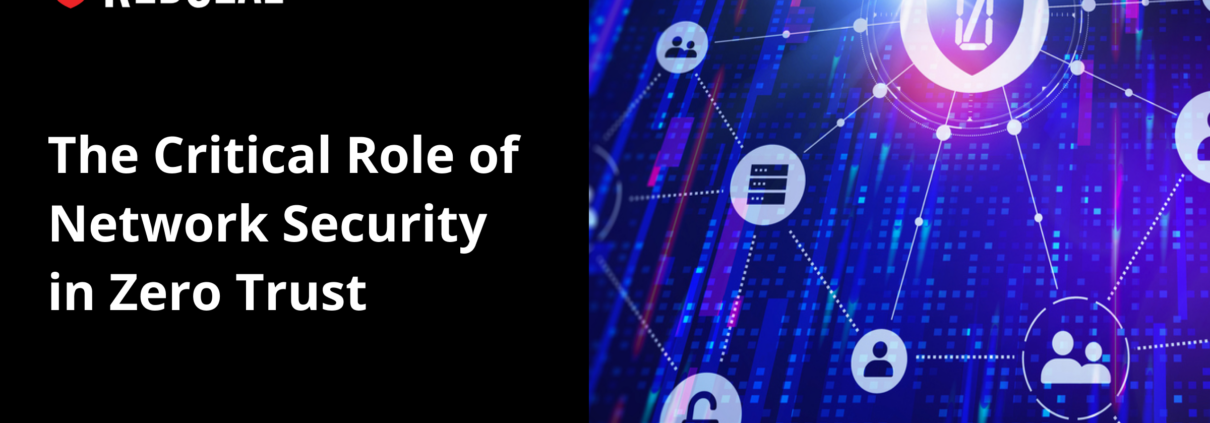Make Network Security a Zero Trust Priority
The National Security Agency’s (NSA) Cybersecurity Information Sheet (CSI) titled “Advancing Zero Trust Maturity Throughout the Network and Environment Pillar” and the CISA Zero Trust Maturity Model version 2 underscore the importance of securing network environments in line with zero trust principles. Both documents emphasize an integrated approach to zero trust, placing network security alongside identity management, data protection, and continuous monitoring.
John Kindervag, the creator of zero trust, recently cautioned the cybersecurity industry about its overemphasis on identity management, reminding us of the critical role that network security plays in the zero trust framework. As organizations continue to mature their zero trust architectures, the NSA and CISA outline clear guidelines on how network security fits into the overall security strategy.
Key insights from the CISA and NSA zero trust guidance
1. Data flow mapping
The CISA Zero Trust Maturity Model v2 emphasizes the importance of understanding data flows across the network to enforce zero trust effectively. RedSeal’s network mapping capabilities align perfectly with this requirement. By visualizing network paths, RedSeal helps organizations identify unprotected data flows, ensuring that sensitive information does not traverse insecure network paths. This visibility is crucial for implementing micro- and macro-segmentation strategies.
2. Macro-segmentation and micro-segmentation
Both the NSA and CISA documents stress the need for segmentation as a core component of zero trust. Macro-segmentation involves dividing networks into broad security zones to limit lateral movement by attackers. RedSeal’s “Zones and Policies” feature supports this by enforcing policies that prevent unauthorized access between different zones, such as between departments or IT and operational technology environments.
Micro-segmentation, on the other hand, focuses on further reducing the attack surface within network segments. RedSeal’s policy management capabilities assist organizations in enforcing precise controls at a granular level. With RedSeal’s advanced network modeling, you can identify the most critical areas for micro-segmentation and ensure policies are applied effectively.
3. Software-defined networking (SDN)
RedSeal’s capabilities complement SDN implementations, which are highlighted by CISA and NSA as essential for creating dynamic, adaptable zero trust environments. SDN allows for more granular and flexible control over network traffic. RedSeal enhances these SDN strategies by providing deep insights into network structure and identifying potential vulnerabilities, which is crucial for crafting effective SDN policies.
4. Threat visibility and continuous monitoring
Continuous monitoring is a cornerstone of zero trust, as outlined by both the NSA and CISA. RedSeal’s continuous network visibility and monitoring allow organizations to stay vigilant and identify potential risks. The ability to verify network configurations continuously ensures that security policies remain effective and adaptive as threats evolve.
Advancing zero trust maturity with RedSeal
RedSeal is uniquely positioned to help organizations mature their zero trust architectures, particularly within the network and environment pillar. By delivering comprehensive network visibility, enabling effective segmentation, and supporting SDN strategies, RedSeal plays a critical role in limiting attack surfaces and strengthening an organization’s security posture.
Zero trust is not a one-size-fits-all approach, but by leveraging RedSeal’s capabilities, you can ensure your network security is robust, dynamic, and capable of meeting the stringent requirements outlined by both CISA and NSA.
Discover how RedSeal can enhance your zero trust journey by scheduling a demo or attending one of our free monthly Cyber Threat Hunt workshops.



